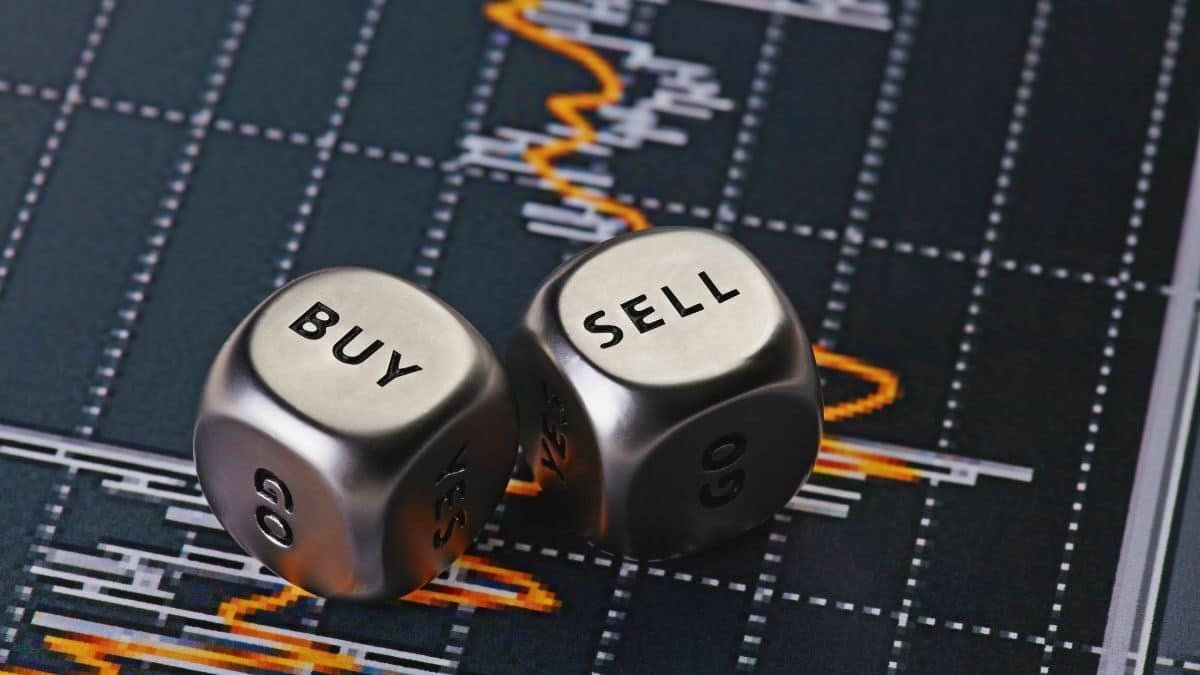New Trader’s Phycology
Get In and Out of a Trade within time is very important. Every new trader is obsessed with
- Entries
- Hot stocks?
- What to buy?
- Which stocks are likely to double in stock?
- How long do they want to hold their stock?
Exit from trades is a subject that many new traders overlook. Their best shot at an exit strategy is either a price target or a quick scalp to lock in small profits.
How to Get In and Out of a Trade?
There are numerous issues with getting In and Out of Trade plans. B ecause Traders had an upside target but no downside stop due to overconfidence in their own opinion, price targets can both cause traders to hold through large losses. Price targets can also cause a trader to sabotage large moves by shorting winners.
Sell stock to run as far as it will go in a trending market before selling and locking in profits. Regardless of your winning percentage or time frame, you need big winners to pay for all your small losers.
Risk Percentage
The percentage of your account you risk per trade is one aspect of stop losses. In order to make a 3 percent return on my account, I will risk 1% of my trading account per trade. With this ratio, I can lose 6% on six losing trades while making 12% on four winning trades. So, on average, I profit from every ten trades. Of course, there will be times when I have ten losers or winners in a row; this is how trading works.
However, you want to use stops to limit your risk per trade, so be careful with position sizing so your stops are not too tight and you give the trade some breathing room. Due to the speed of change in volatile markets, you should cut losses and take profits faster. You should risk a half percent of your capital per trade and take profits at one and a half percent or two percent profits. If you have a $50,000 trading account, the 1% I’m talking about is $500, and the 3% is $1500. The percentage represents your trading capital, not the stock’s movement.
When to Get In and Out of a Trade
When do you go back in after you’ve left? The 5-day exponential moving average is a short-term indicator I use to get out of a trend trade. When a stock is in a trend and making new highs above this line, it is a high-momentum uptrend; below it, it is a possible loss of momentum. The best way to truly read the final word from traders on a trend is to watch how a stock closes the day.
I use a close below this line as a signal to take profits. Staying below this line is a signal to me that momentum is shifting, and it may be time to play the short side until the stock reaches support at high value moving averages like the 21-day ema, 50-day SMA, or 100-day ema; these areas are where many bounces occur. It is the signal to stay short if these levels are lost. Before you get into any trade, you need to know where you’re going to get out.
Also Read
9 Pain Management for Traders


